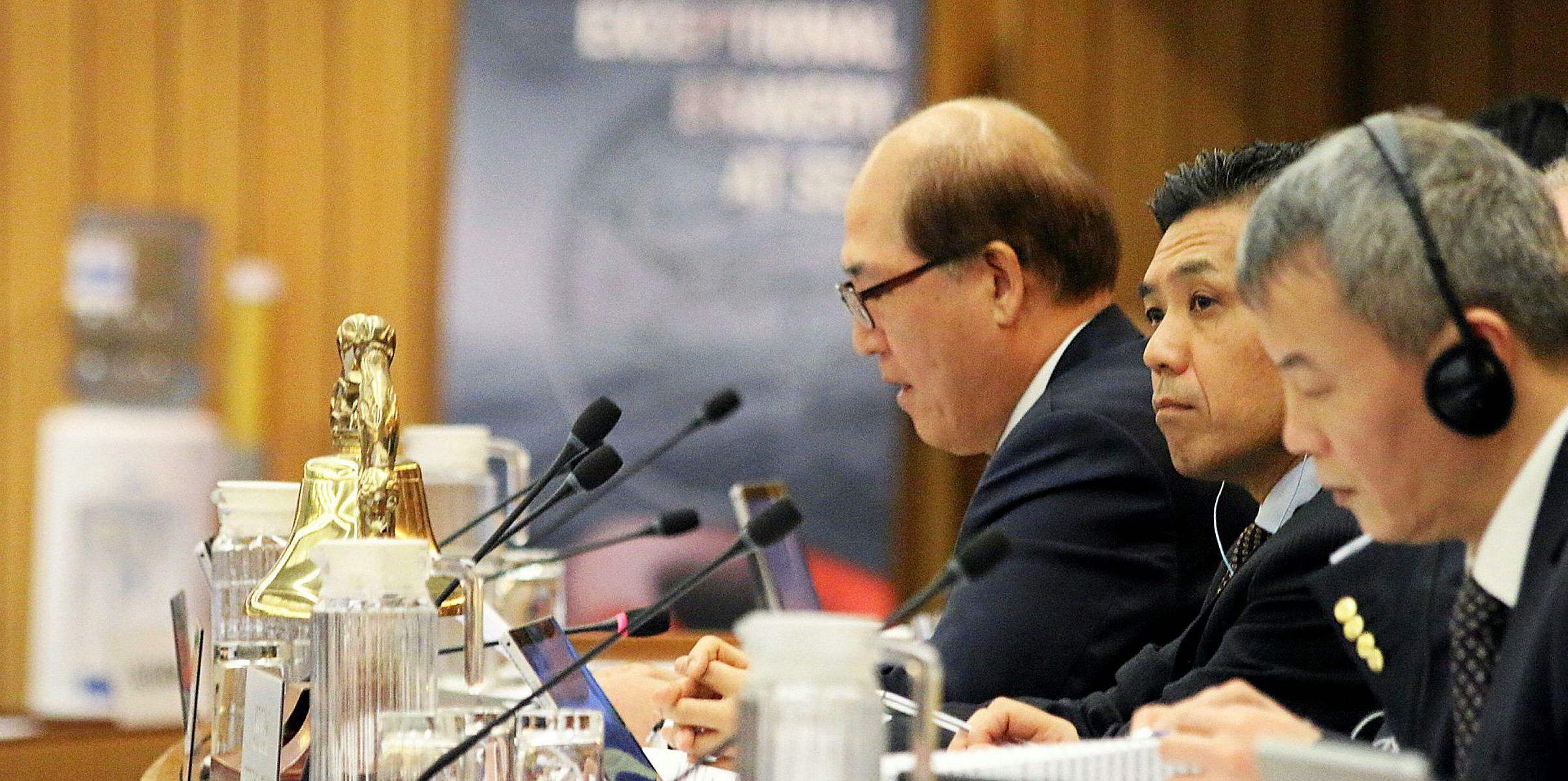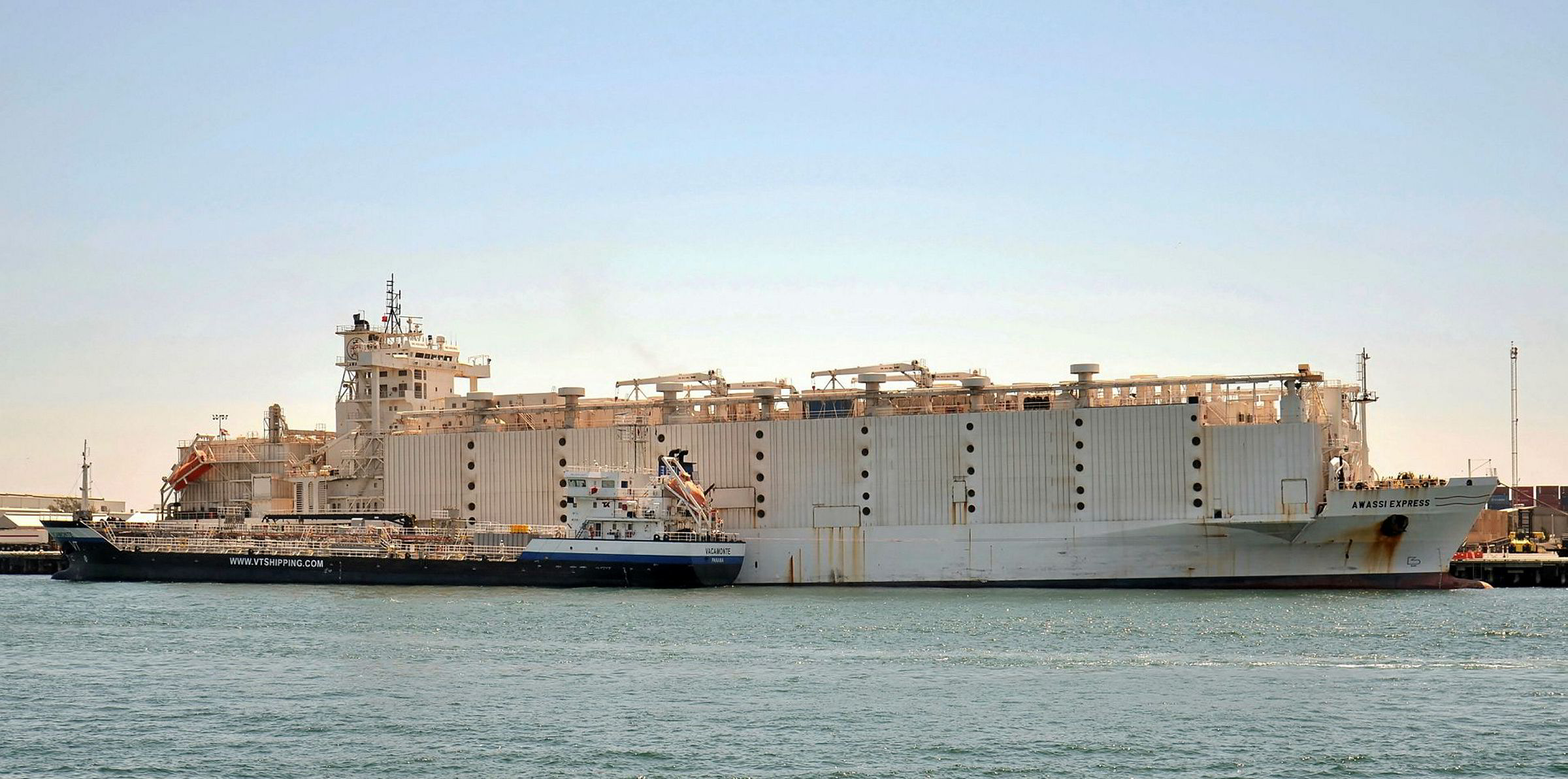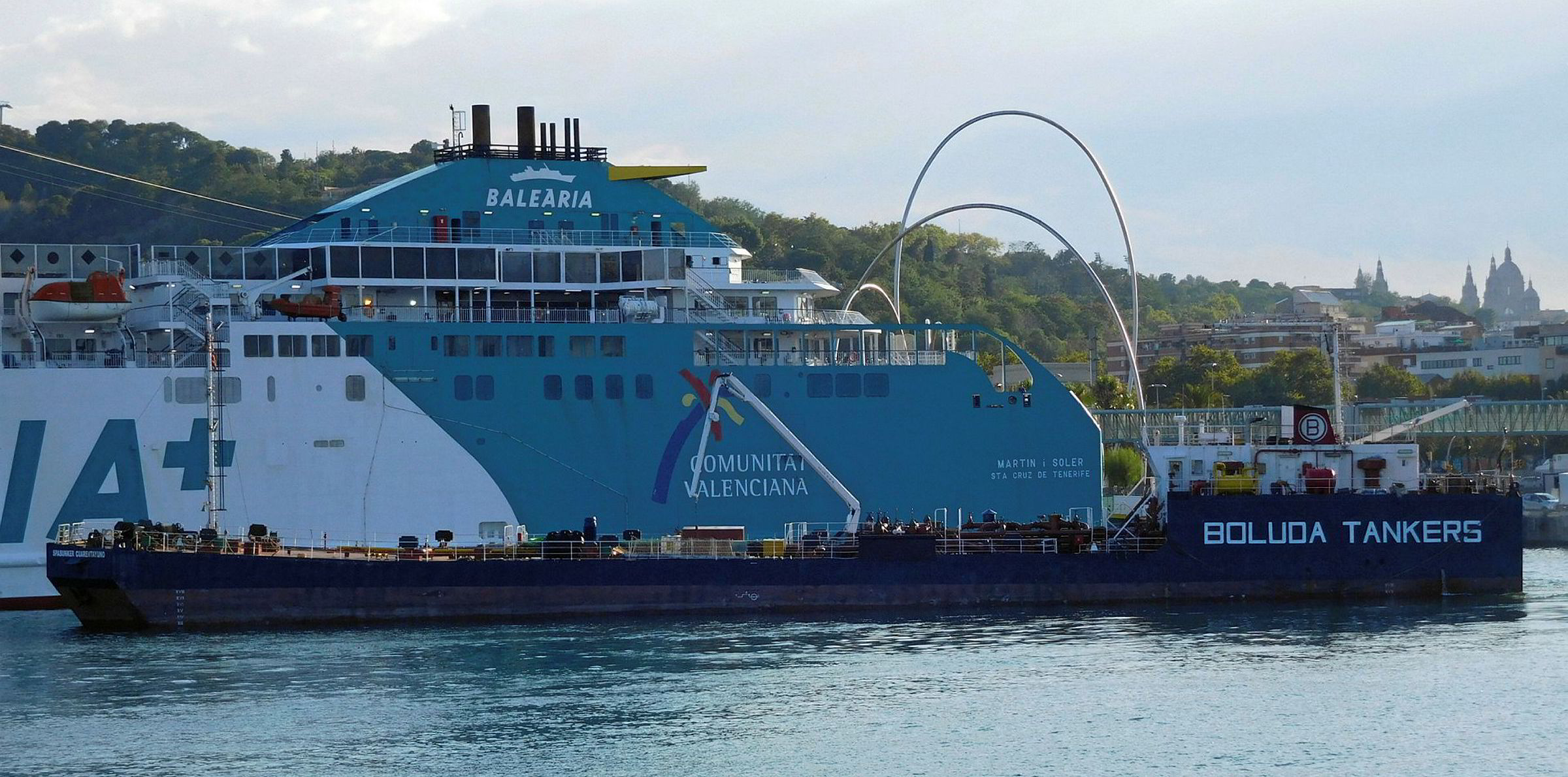When bunker expert Adrian Tolson recently attended an industry conference, he could not help but wonder how many of the participants would still be in the game after 2020.
As an industry with relatively low barriers of entry compared with shipping, the marine fuels sector has been a place where small independent or family owned businesses could set up shop in a port and thrive.
But Tolson believes upcoming IMO regulations threaten to change that.
“The bunker industry will not be the same post-2020, and I don’t think we as an industry have quite recognised how significant that will be,” Tolson tells TradeWinds.
Marine fuel experts say that the competitive landscape in the bunker fuel market is on the cusp of significant change, as IMO rules, coming into force in 2020 to cap sulphur emissions, will raise capital costs and entice larger companies with deeper pockets to play a wider role in the game.
While opinions differ on how sweeping the changes will be, many experts say they expect alterations across the industry, with bunker trading suppliers taking an evolving role, small physical suppliers heading for the exit or finding themselves forced out, and giant commodity players diving in alongside entrepreneurs who sight opportunity in the flux.
High-sulphur heavy fuel oil has been around for more than a half century.
It was pioneered by the Canadian Pacific Railway, 5,550-gt passenger ferry Princess of Vancouver that hit the water in 1955, before gaining popularity in the second half of the 1960s, according to a Chevron Marine Fuels brochure entitled Everything You Need To Know About Marine Fuels.

Tolson, the former US head of OW Bunker who now leads Connecticut consultancy 20|20 Marine Energy, says the industry has involved high participation by entrepreneurs and relatively small businesses.
The IMO’s sulphur content limit of 0.5% that will come into force in less than two years could lead to higher cost fuels and require bunker suppliers to provide a wider variety of bunkering options, including heavy fuel oil for ships that have scrubbers, marine gas oil and potentially a variety of blended distillates.
Tolson says some of those smaller, “mom-and-pop” players may find it hard to compete.
“Some will go willingly and some will go unwillingly,” he adds.
On the other hand, larger commodities traders, refiners and oil companies are already muscling deeper into the sector, and are expected to continue to increase their market share moving forward.
After all, they have the refining infrastructure, finance and sophisticated logistics networks. Importantly, they already have access to the product that will be in high demand in 2020 and beyond.

Justin Murphy, the chief executive of the International Bunker Industry Association (IBIA), acknowledges that there will be changes in the sector as a result of the 2020 rules.
Not all negative
But he says it is important not to generalise. It will not necessarily be negative for all physical suppliers, for example.
“Many bunker-industry participants will have significant investment decisions to make as a result of these new regulations,” says the IBIA chief, whose organisation includes stakeholders of all sizes from the various corners of the marine fuels business.
“Some will view these [investment decisions] as threats to their existing business models, whereas others will see opportunities to establish themselves in a new market paradigm.”

Bunker market experts tell TradeWinds that physical suppliers will have a difficult decision to make when it comes to high-sulphur fuel. While it will still be used by shipowners whose vessels have exhaust gas scrubbers, the number of ships that will take that route to meeting the IMO cap remains unclear. So physical suppliers will have to make a call over the storage and barge capacity they dedicate to that fuel.
There are also challenges for bunker traders, the middlemen who connect ship operators with physical supply.
The cost of low-sulphur bunker fuel is expected to be significantly higher under the 2020 rules.
“To enable the customers to pay that price, the traders, to be competitive, are going to have to increase their credit lines and, when they do that, they’ll need to be very careful about who they are extending credit to,” says Stephen Simms, a maritime lawyer who is principal at Baltimore law firm Simms Showers.
And trading suppliers have to carefully document transactions to ensure they can arrest ships when buyers do not pay up, says the attorney, whose clients include bunker suppliers.
But the complexity of compliance with the 2020 requirements also presents an opportunity for these bunker resellers to offer a service shipowners will likely need: guidance and global access.
ClearLynx chief executive Gerry Van Geyzel, whose company runs an online bunker procurement platform, says trading suppliers may succeed if they scale up and offer a “total package solution”.
“They are going to have to change the way they compete in this world,” Van Geyzel says.
Many believe that may give the larger bunker resellers, such as World Fuel Services, a leg up.
“We’ve heard some compelling arguments suggesting that both large well-funded companies with a global presence and also smaller companies, with local expertise, and niche players could squeeze out the medium-size generalists,” says IBIA’s Murphy, responding to written questions from TradeWinds.
“Customers around the world will increasingly be seeking value, expert advice and high levels of differentiated service.”

Tolson also fears that the changes to the industry will threaten the camaraderie that has been a part of the marine fuels industry. “It’s a tight little industry,” he says. But that, he reckons, will disappear.



